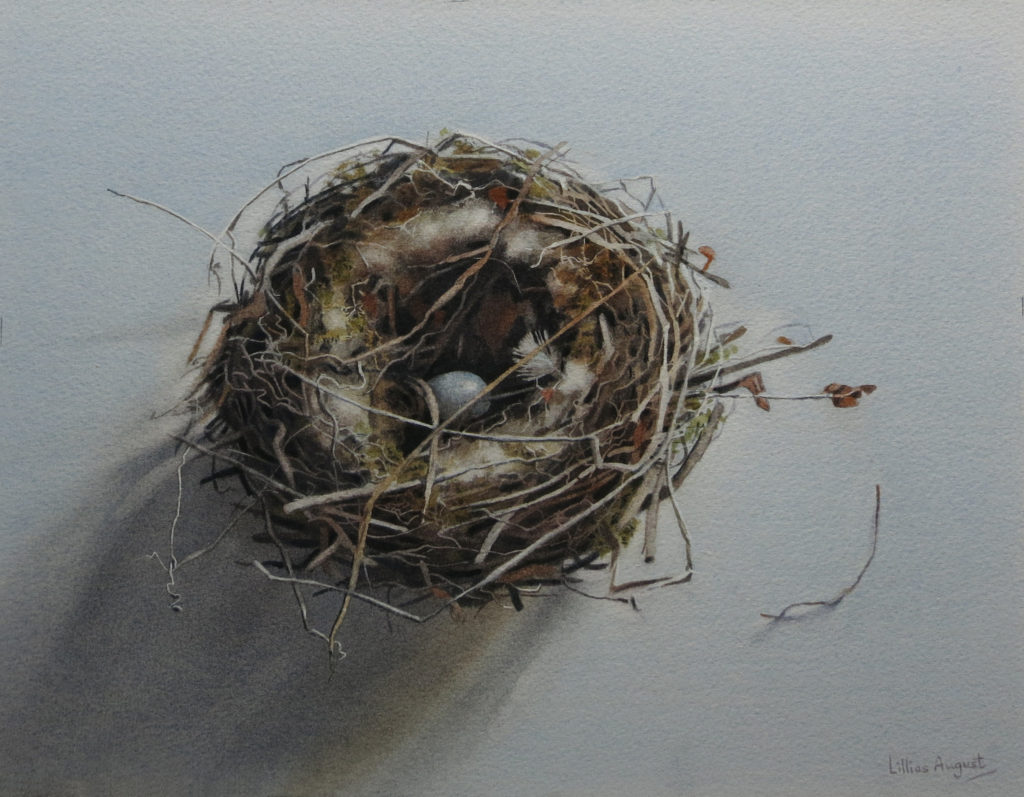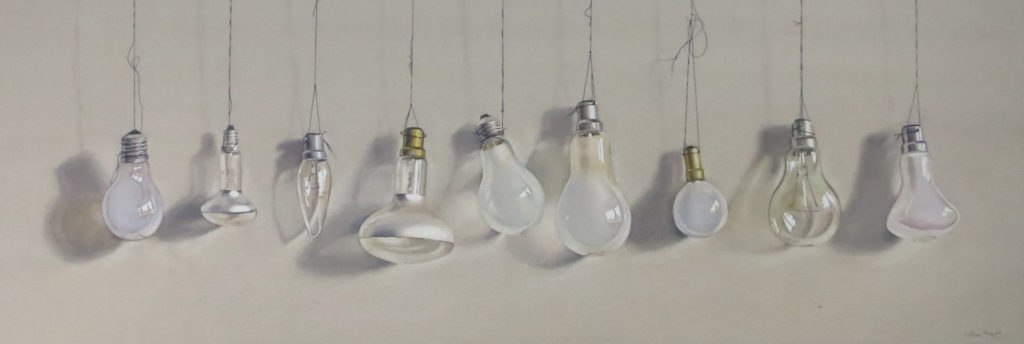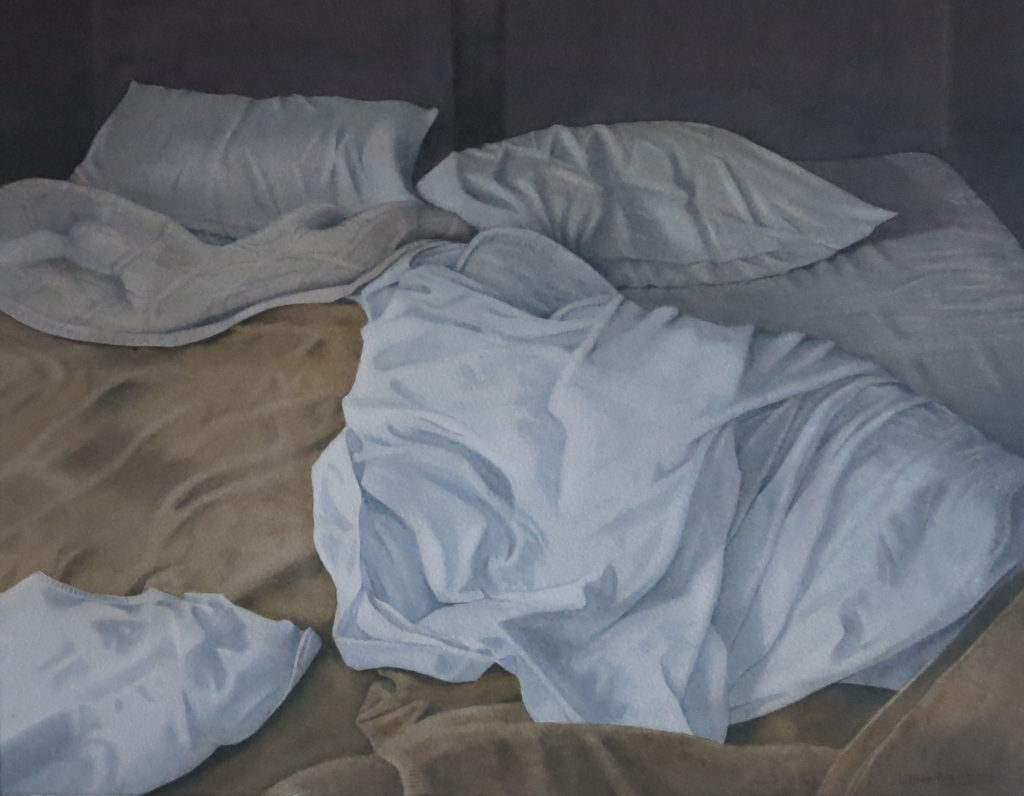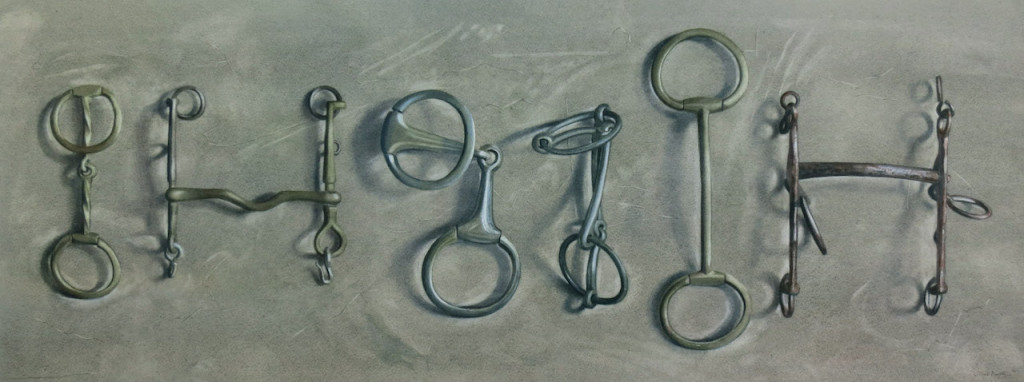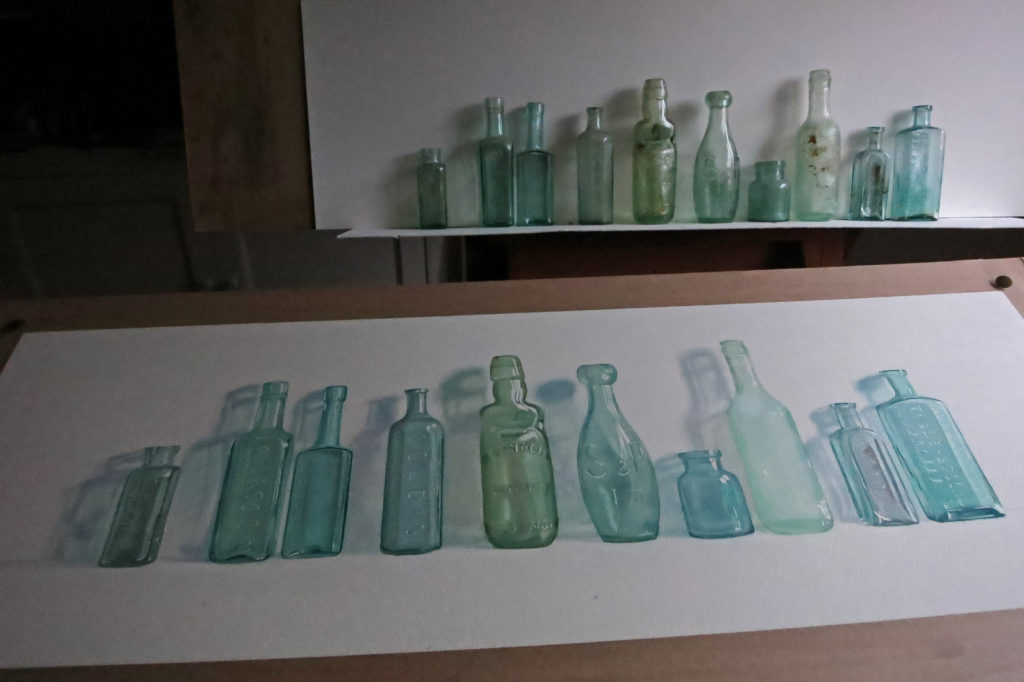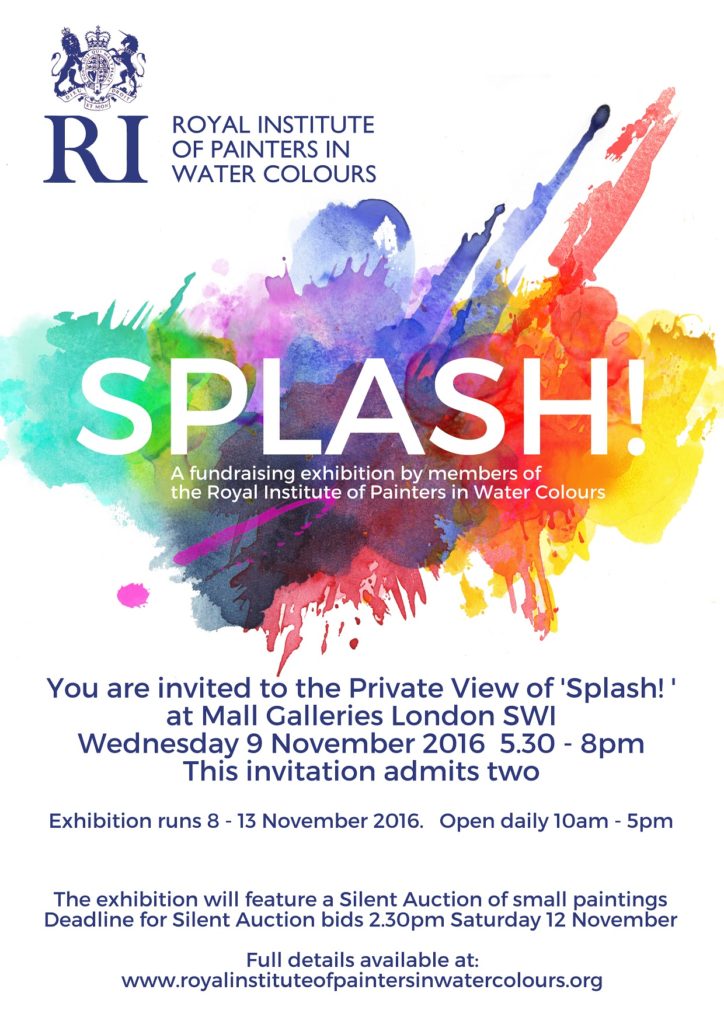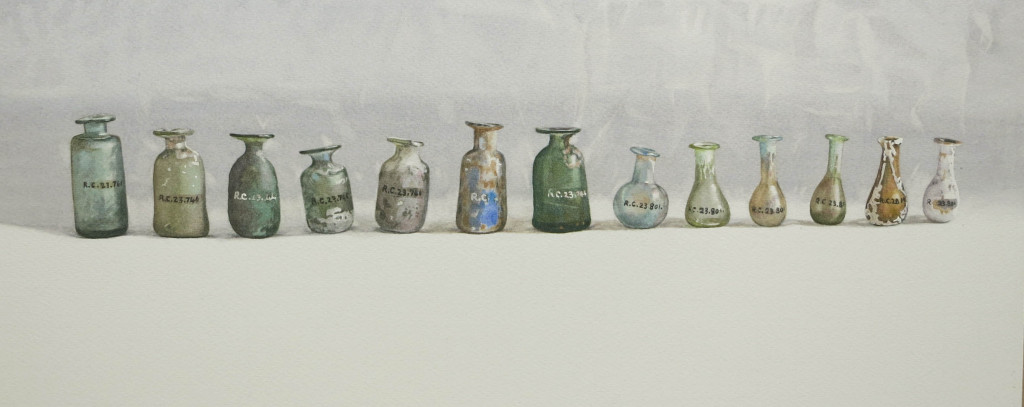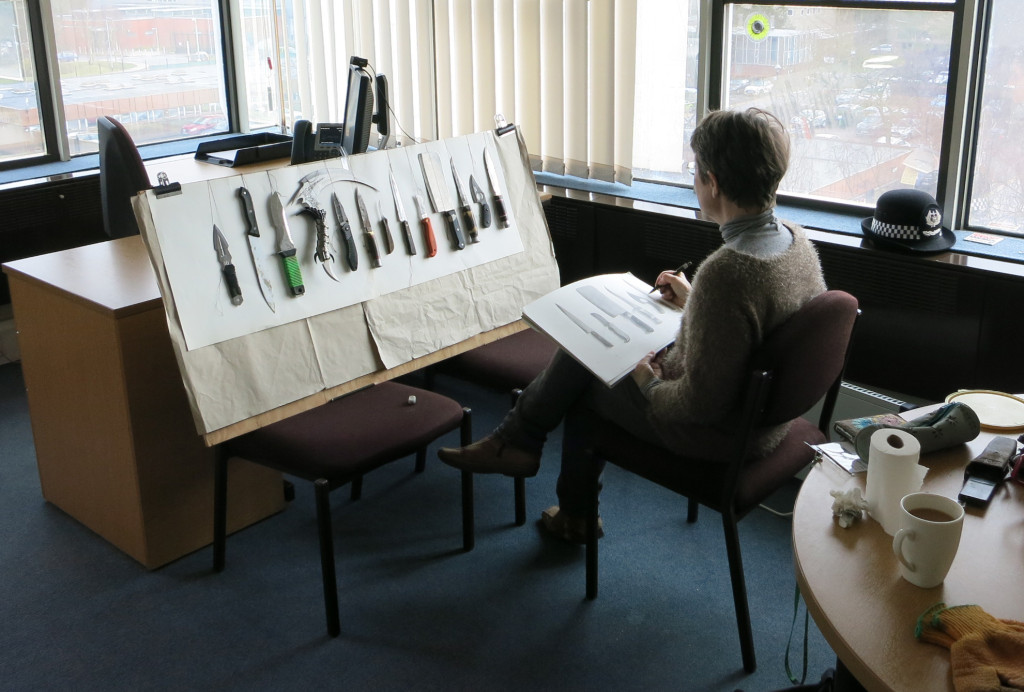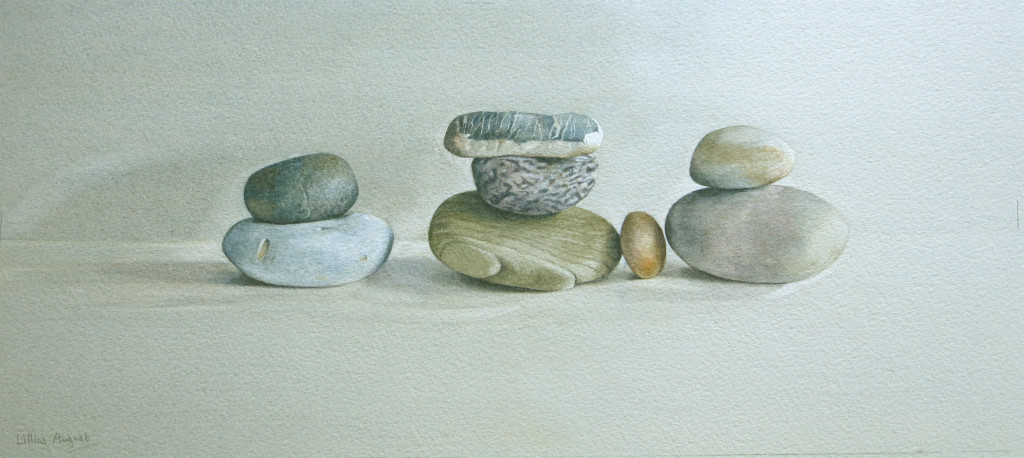Empty nests 31 x 95cm *
21 August 2018
I did a small painting earlier this year called ‘Nest egg’, see below, which sold at the RI’s annual exhibition. I had been planning a larger painting of a row of nests at the same time but it had taken some time to collect them after the nesting season was over (thanks to friends, walks etc). Having sat looking at them for ages, I eventually got going a couple of weeks ago. I’m not completely sure which birds they belong to (see note below) – I was just inspired by their varying forms and quirks and the feelings they can evoke.
Nest egg 31 x 41cm
For those who may be interested, from the left, I am reliably told that no.3 is a long tailed tit’s and no. 6 is a blackbird’s. No.5 came out of a tit box. Nos.1 and 4 are a mystery – all that’s left is the twiggy scaffolding that was probably lined with softer things. No.2 is also a mystery – it is just a tiny remnant of something mainly made from feathers intertwined with a few little twigs – any ideas?
- Empty nests won 2 awards in the RI 2019 exhibition, Mall Galleries, London – the Megan Fitzoliver Brush Award and the Escoda Barcelona Award


